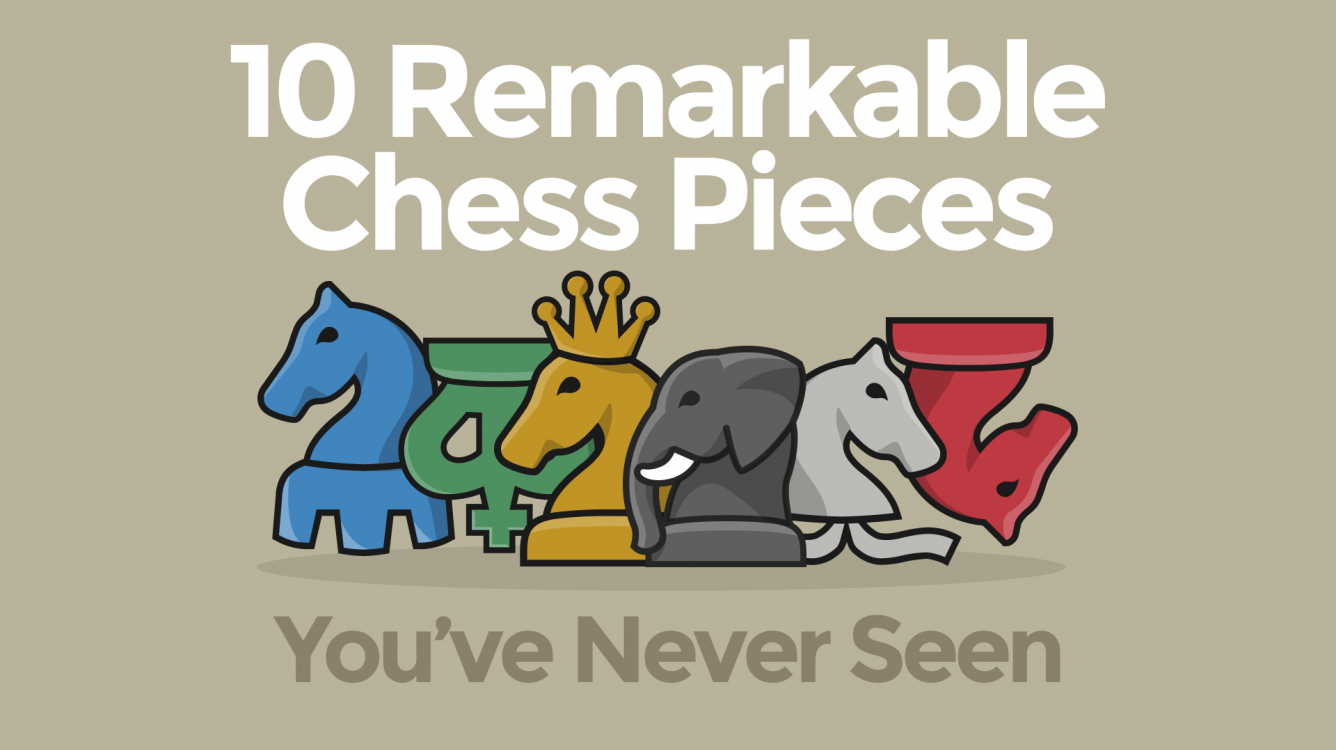
10 Remarkable Chess Pieces You've Never Seen
Not many people know this, but a few centuries ago, chess had a piece so strong that it had to be replaced by a weaker one—the queen.
It's hard to believe, but the age-old game of chess wasn't always like the one we know and love today. Throughout the centuries, many exotic chess pieces have battled on chessboards all over the world.
From the common man to the powerful amazon, get ready to learn about 10 unusual chess pieces you've probably never seen before.
Historical Chess Pieces
The standard chess army has not been the same throughout the ages. Many ancient units from long-gone armies that our ancestors commanded over the board have disappeared over the years. Fortunately, some of those historical pieces have survived and made their way into the armies of exciting variants. Here are some unorthodox (also called fairy) pieces that appear in many variants and have roots in old versions of chess.
 |
Want to try these pieces? Try our new Chess.com/variants feature with tons of new pieces and rules! |
Play! |
The Minister
Although chess has always been the game of kings, it took centuries before it also became a game of queens. In its ancient form, chaturanga, chess players could only count on their mantra—the minister in English.

The queen's predecessor wasn't nearly as strong as her majesty. It could only move diagonally one square, having access to only half of the board's squares. A similar piece still exists in other versions of chess, like in Xiangqi and Janggi. In both of these games (as well as in other variants), they are called the guard (or the advisors).
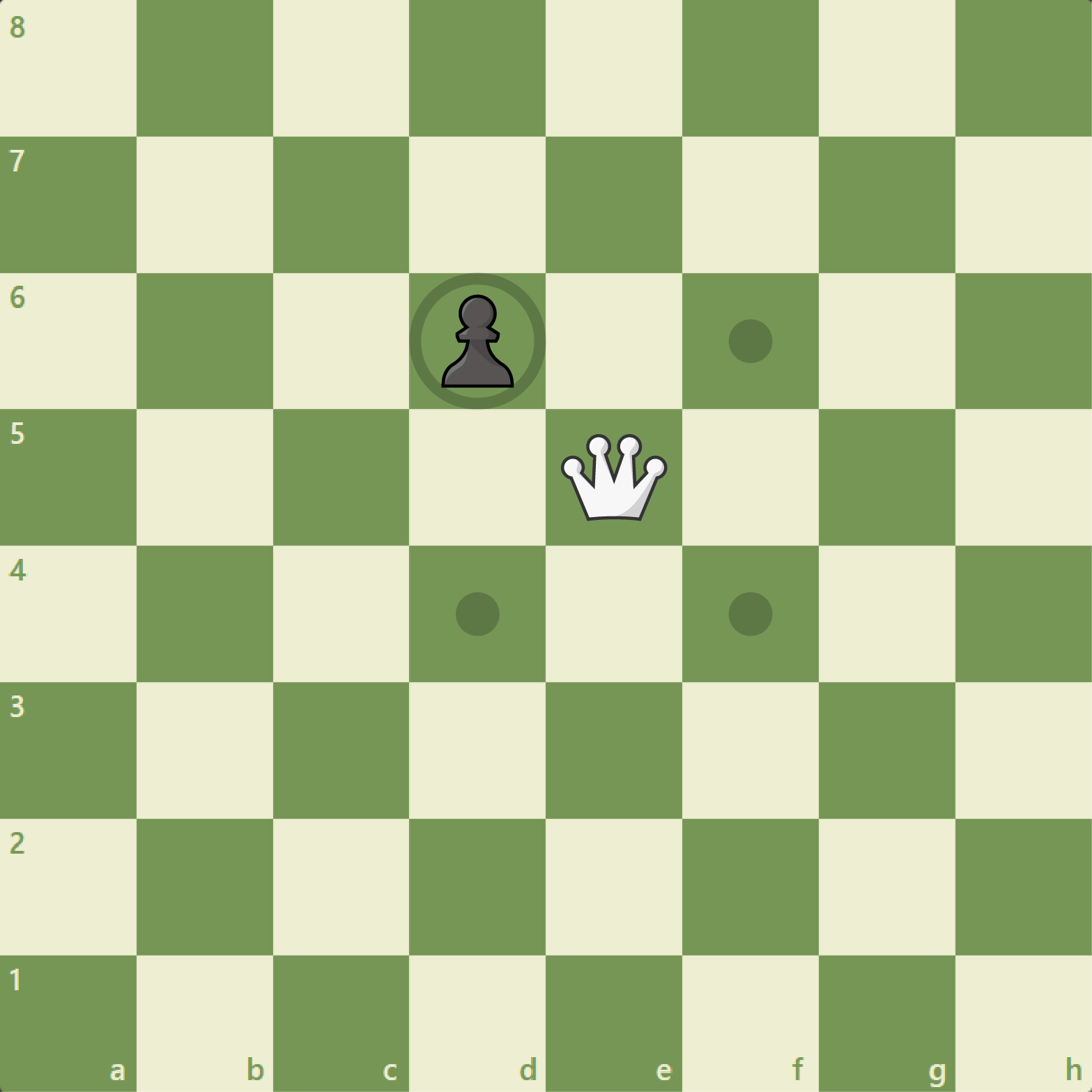
On the bright side, blundering your minister was undoubtedly not as frustrating as hanging the queen.
The minister also goes by many other names, but the most popular is inherited from shatranj—the ferz. Other names are advisor, met, and cat sword.
The Elephant
Indians invented the game of chaturanga more than 1,500 years ago. The name chaturanga means "four arms" because each of the pieces used represented a branch—or arm—of the Indian army.
There were no bishops in India then. Instead, players had another type of piece at their disposal: the elephant.

Despite sounding like a powerful piece, the chaturanga elephant can only move diagonally two squares. Like knights, elephants can jump over other pieces. The leaping powers of the elephant might seem like a triumph. Nevertheless, they can control just four squares at a time, and their regular movement (as opposed to the knight's irregular jump) restricts their reach—each elephant can only ever access eight specific squares of the board.
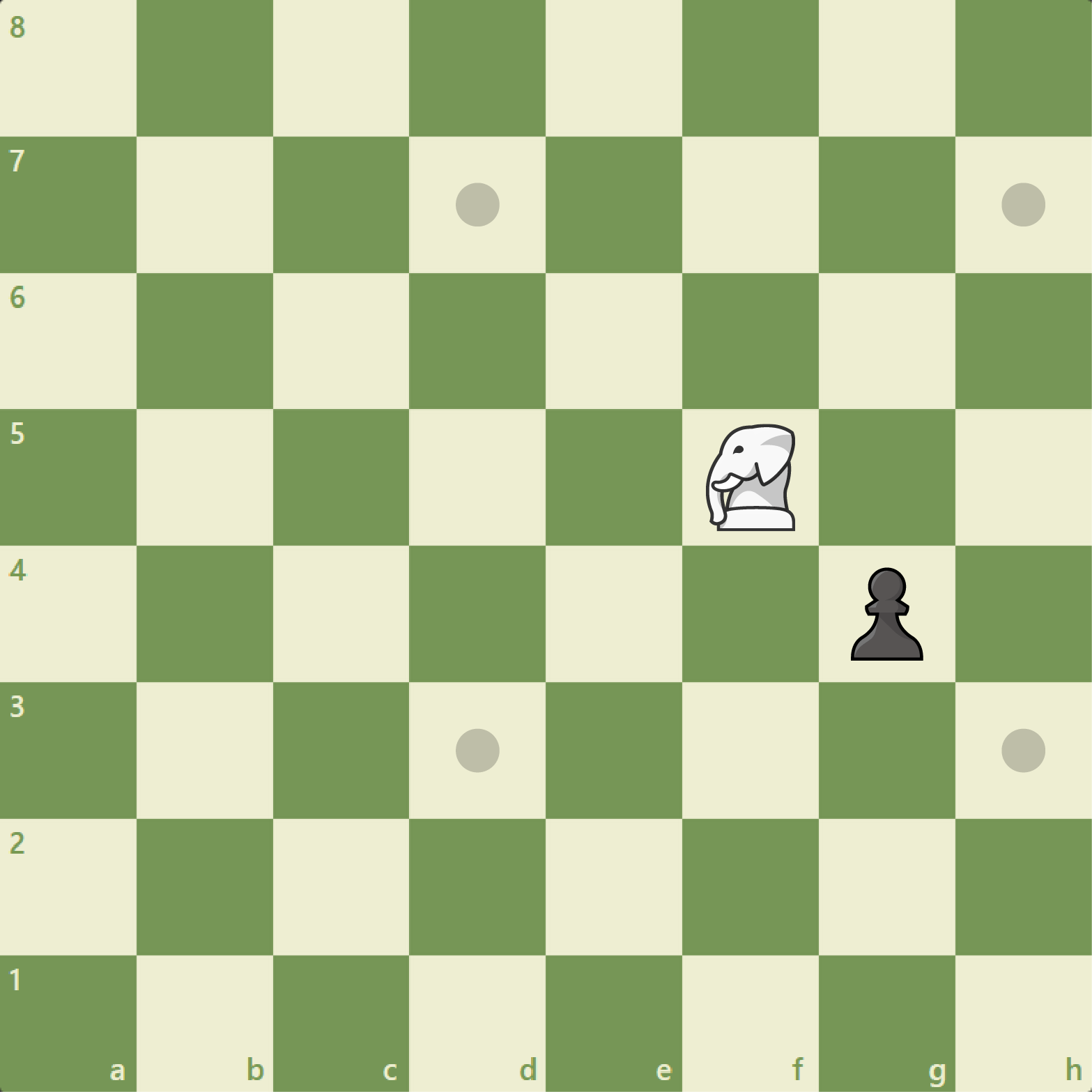
In many modern variants, the elephant is still present under the name of al fil or simply fil—which is the reason why the bishop is still called "alfil" in some languages.
Are you curious to see how you would manage the challenge of conducting an attack with your elephantry? Then head over to our Variants page and enjoy a game of chaturanga!
The Camel
Another historical piece that later vanished from the orthodox chessboard is the camel.

The medieval Tamerlane chess variant featured this exotic piece that moved similarly to today's knight, leaping over other pieces. The only difference is that the camel could jump one square farther than its equine counterpart.
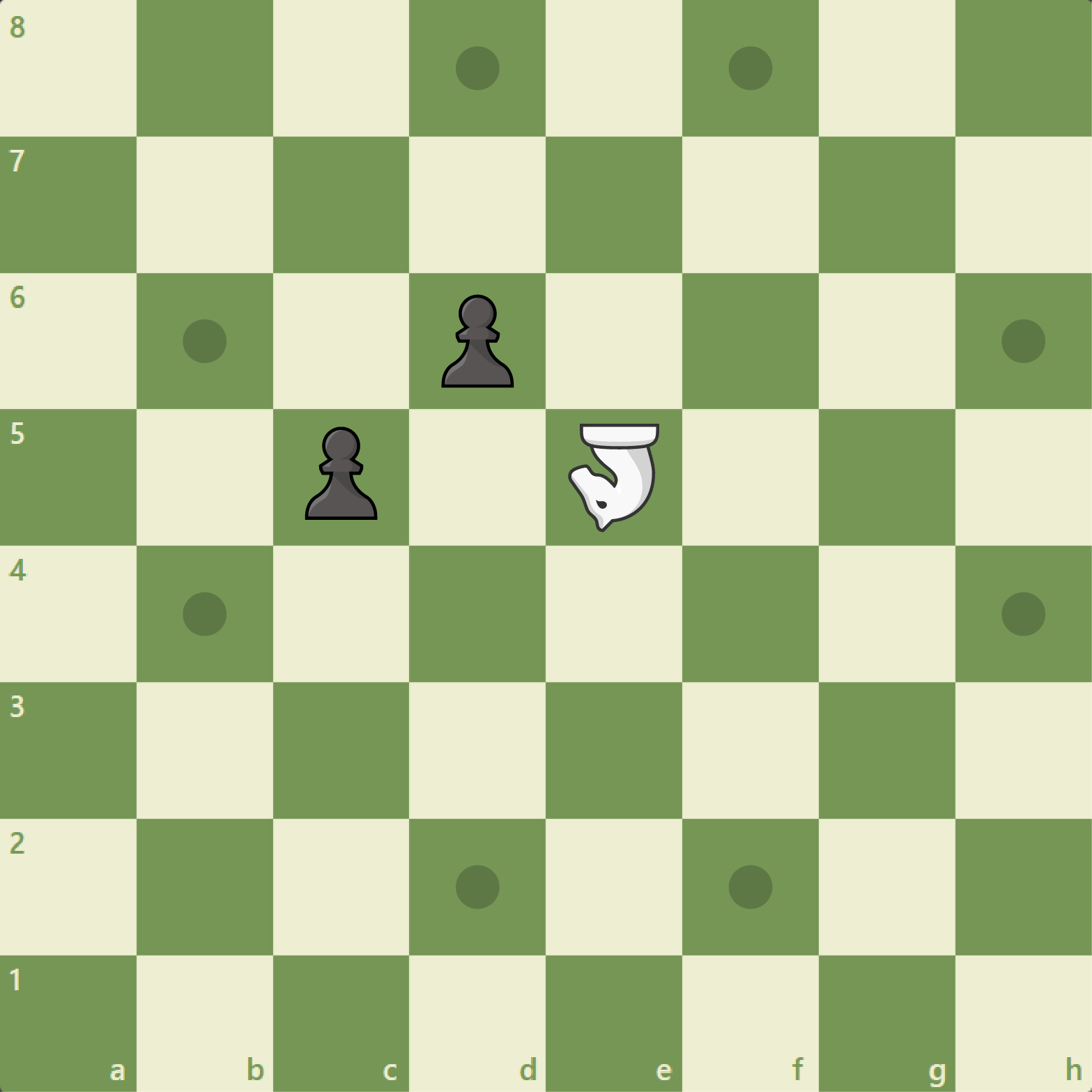
The Man
Chess is a game of war. However, civilians also made their way onto the chessboard in some European chess variants.
The medieval courier chess featured a piece called the man. Oddly enough, the common man depicted in courier chess was stronger than pawns, which have always represented the infantry. The man could move one square in every direction, just like the king.

Unlike the royal ruler, though, the man could be captured by the opponent without graver consequences.

The man first appeared around the year of 950 and most notably was used in the medieval variant of Courier chess.
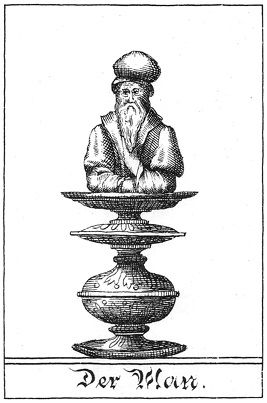
The Princess
Which is better, the knight or the bishop? The answer to this question is undoubtedly a complex one. But why choose just one if you can have both?
The princess was a piece that had the combined movements of the bishop and the knight. It could jump over other units when moving as a knight but couldn't do so when moving like a bishop.

In the first record of the princess (which comes from an Italian variant of the 16th century called Carrera's chess), it was known as the centaur. Many other chess variants have used this piece with different names—the vizir in the great Turkish chess, the archbishop in Capablanca chess, and the elephant in Seirawan chess are some examples.
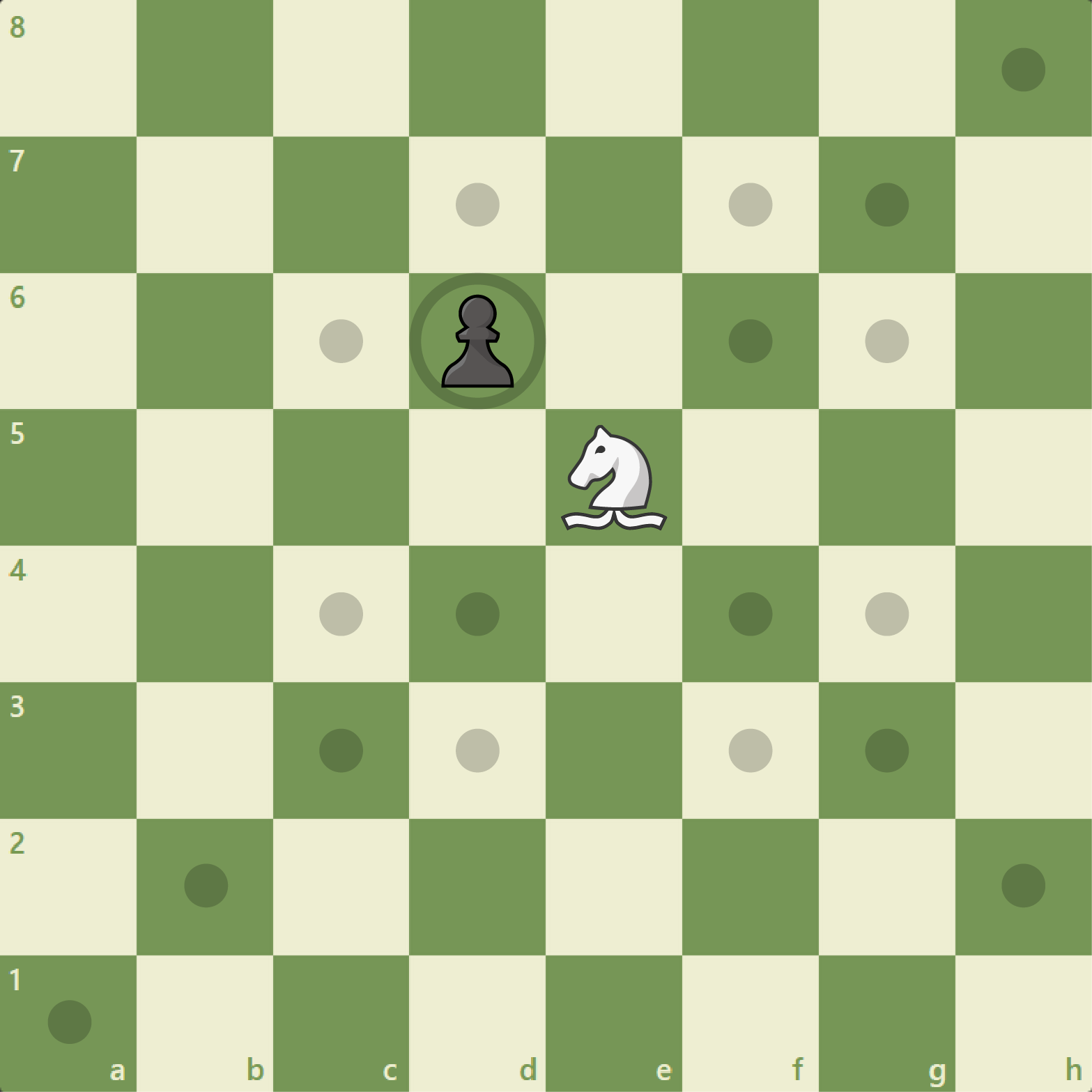
The Empress
Another piece from Carrera's chess made its way into a plethora of other chess variants—the empress.
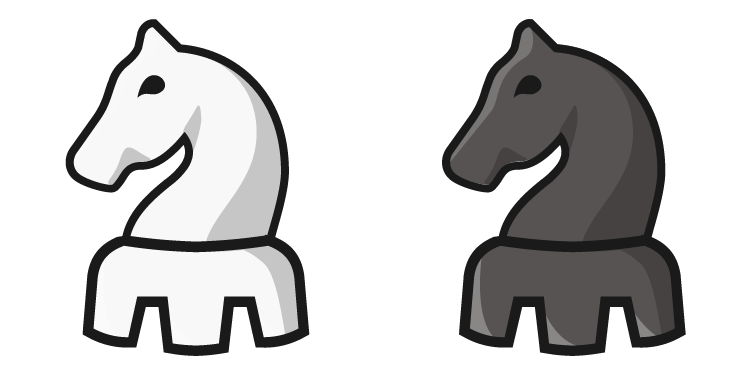
This powerful piece had the combined powers of a rook and a knight. Just like the princess, it could only jump over other pieces when moving as a knight.

Called the champion in Carrera's chess, this piece had many other names in different variants. Some of the more well-known were the war machine in the great Turkish chess, the chancellor in Capablanca chess, and the hawk in Seirawan chess.
The Amazon
The amazon is by far the most destructive piece on this list. It combines the queen and the knight's movements, covering 35 squares when positioned on the center of the board. Because of its excellent movement range, it can checkmate the enemy king without the help of any other piece. As if that wasn't enough, the amazon can jump over other pieces when moving as a knight, which makes it even deadlier.

Some historians believe that the amazon was one of the pieces contending to replace the old chaturanga minister. Records show that this piece first appeared during the Middle Ages and was still a part of Russian chess sets as late as 1770.
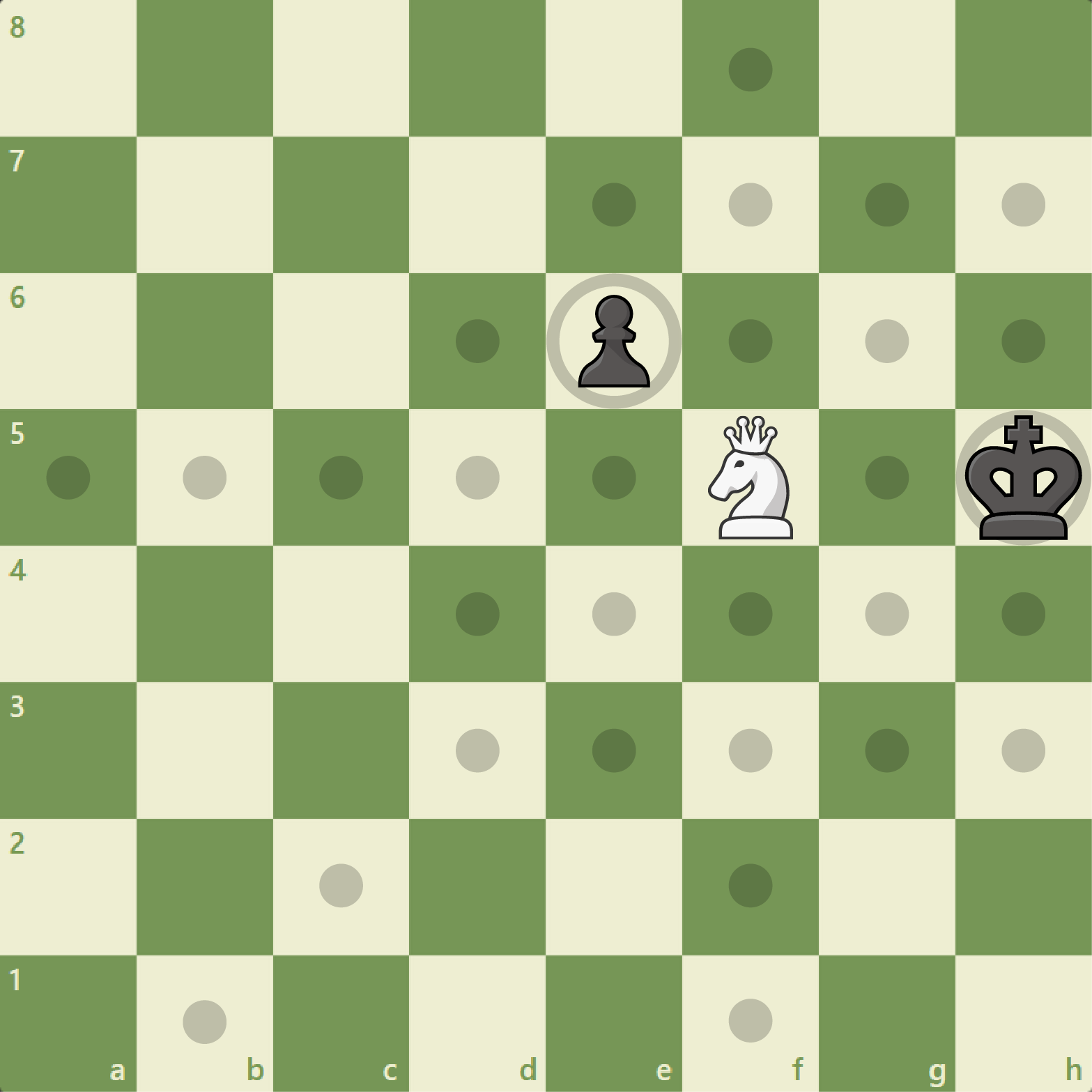
Because the amazon was so powerful, players abandoned it and made way for the modern-day queen to enter the game. However, chess players have never left this magnificent piece behind. Multiple chess variants have featured the amazon, including modern-day games like 4 Player Chess. Other names for it are giraffe, maharajah, angel, and commander.
Asian Chess Pieces
From the original game of chaturanga, other types of chess emerged. Especially noteworthy are the variants of chess played in Asian countries to this day. Shogi in Japan, Xiangqi in China, and the Korean Janggi also have unique pieces forming their armies.
The Dragon Horse
Different from international chess, multiple pieces can promote in the Japanese variant of chess, shogi. When a bishop is promoted, it becomes a dragon horse.

The dragon horse is one of the most powerful pieces in shogi. It has the combined movements of the king and the bishop. This type of movement solves one of the bishop's biggest problems of controlling only half of a board's squares.
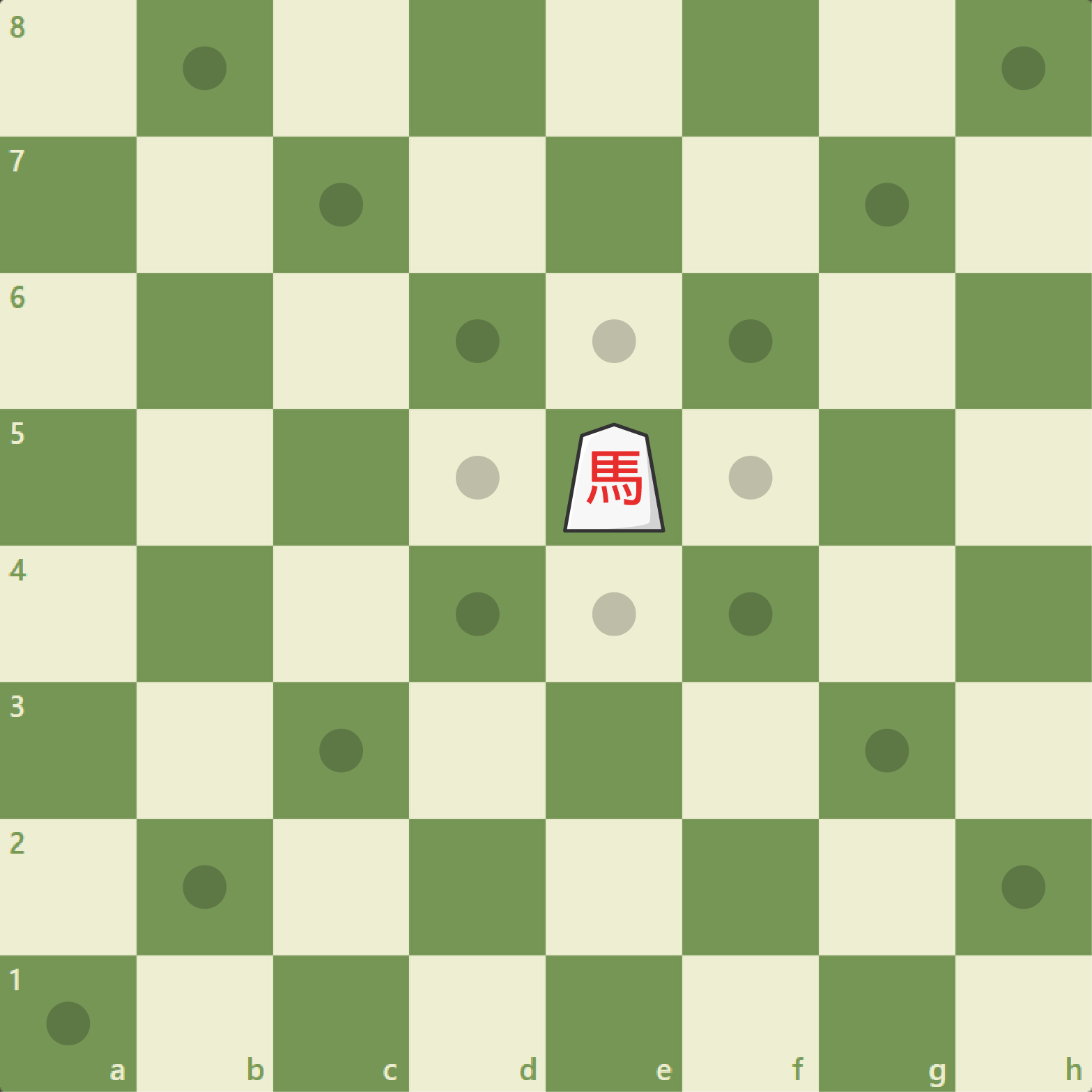
The Dragon King
The dragon king is another powerful shogi piece. It results from the promotion of a rook.

The promoted rook gains the ability to move one square diagonally like the king.
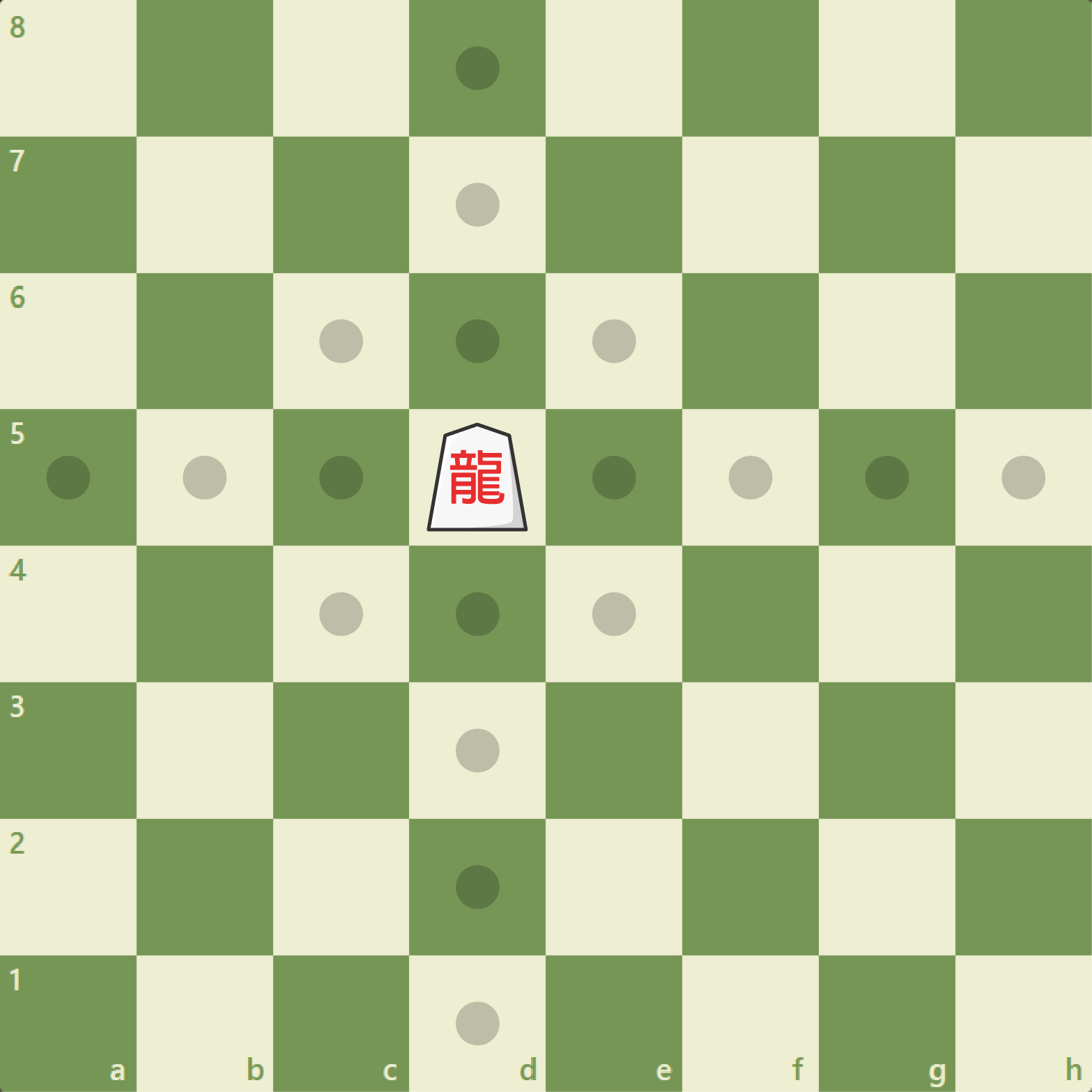
The Cannon
One of the most peculiar pieces on this list comes from the Chinese and Korean chess games, xiangqi and janggi. The cannon is still in use in both versions of the game.

The cannon is the only piece on this list that moves in two different ways, depending on if it's capturing another piece or not. When moving without taking another piece, the canon behaves like a regular rook. Notice that in xiangqi and janggi the pieces don't go on the squares but rather move through the intersection of the board's lines.
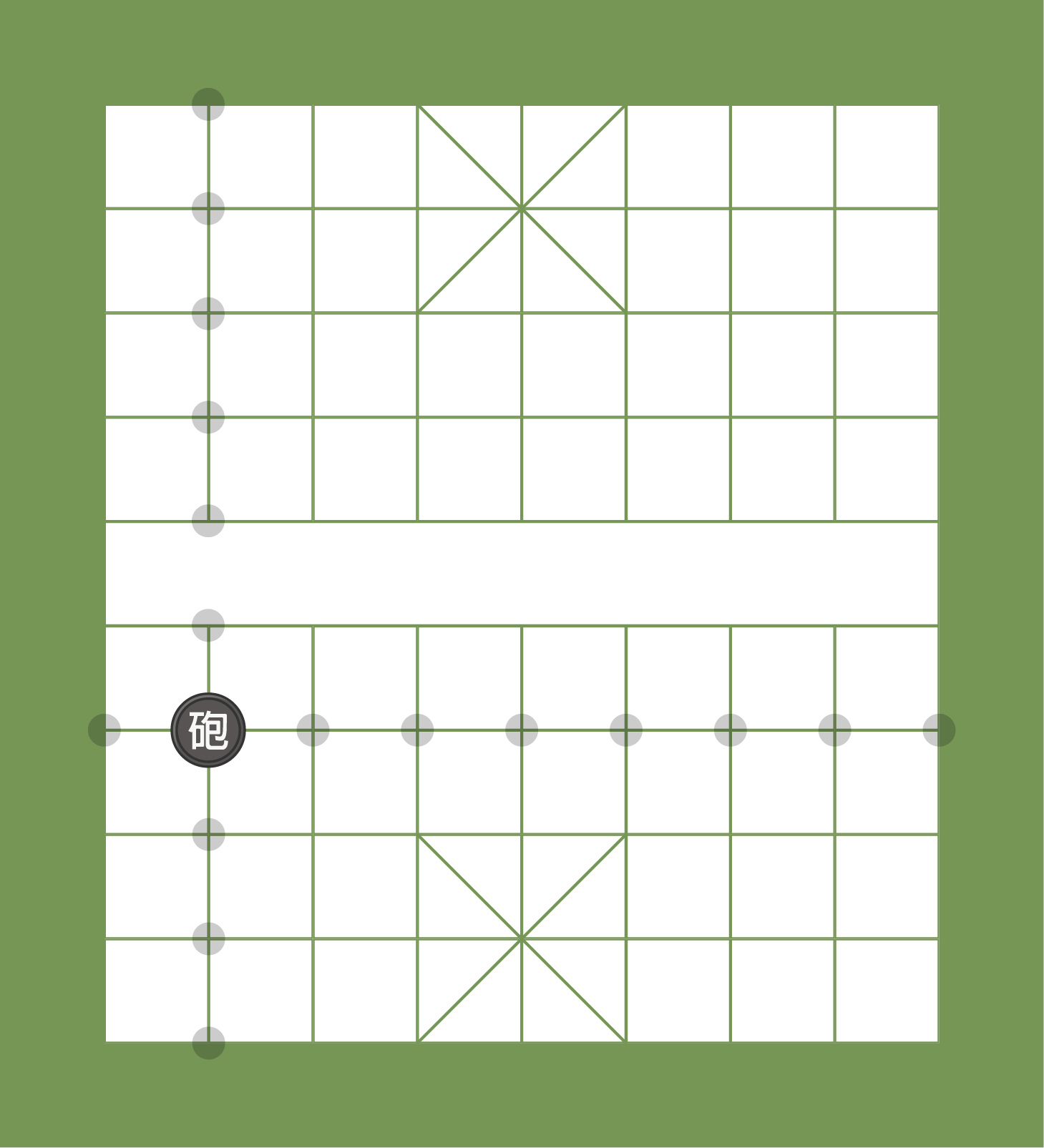
Whenever capturing another piece, however, the cannon must first leap over precisely one other piece. If it doesn't jump over another piece, the capture can't happen. In the position below, the black cannon can capture the red pawn that's to its side but not the other one, which can't be captured because there is no piece for the cannon to jump over.
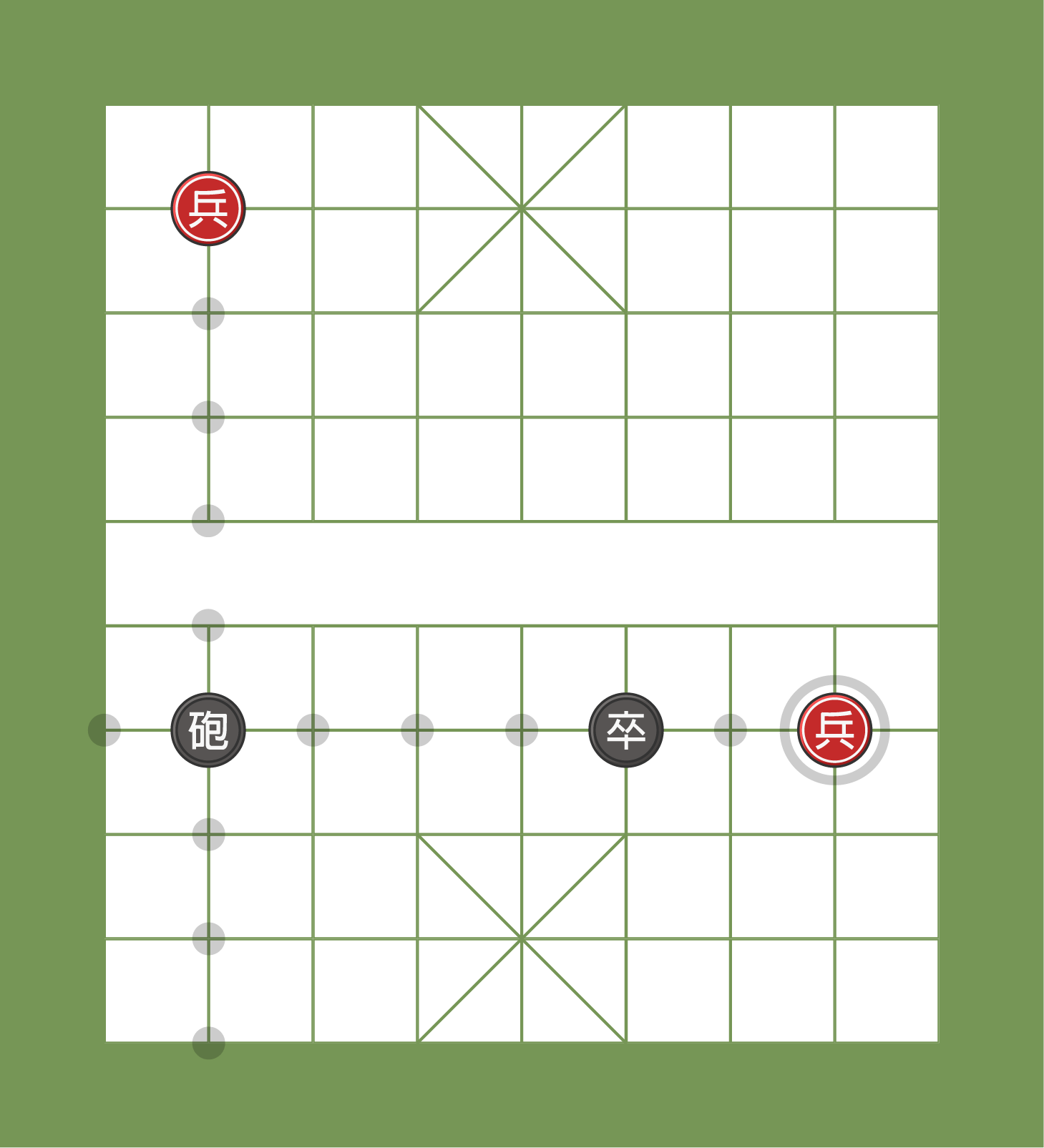
Due to its unique movement, the cannon is the only piece that can create a situation of triple check against the opponent's king (called the general in those variants). Players can achieve this by checking the enemy king with a horse (knight) and uncovering a double-check of the chariot (rook) and cannon.

Conclusion
For brevity's sake, this list only contains 10 of my personal favorite unorthodox pieces. There are numerous other chess pieces from other chess variants. I hope you've enjoyed reading about these different pieces and that they help you appreciate the richness of chess even more.
Do you know any other chess pieces that didn't make this list? Please leave a comment below describing it, and don't forget to head to our Variants page to see what it is like playing chess with some of them!







